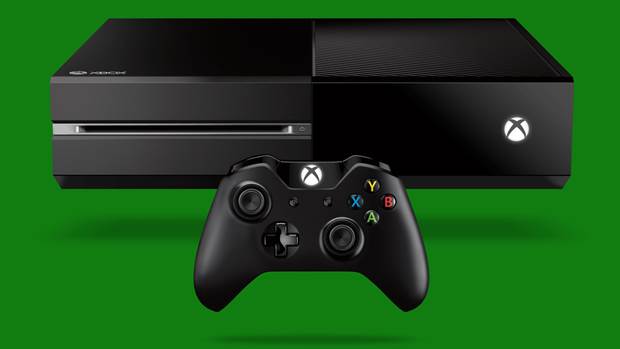GAMING
NVIDIA, AMD, Intel Explain How OpenGL Can Unlock 15x Performance Gains
If you want to get a developer’s attention, all you need to do is start dropping whole numbers.
Offer something that’s not 1.2 times better — but two or three times better — you know you’ve got them.
That’s the good news we teamed up with AMD and Intel to deliver at this week’s Game Developer Conference in San Francisco.
GDCLogoAMD’s Graham Sellers, Intel’s Tim Foley, and our own Cass Everitt and John McDonald appeared on the same panel to explain the high-level concepts available in today’s OpenGL implementations that reduce driver overhead by up to 10x or more.
With OpenGL, an open, vendor-neutral standard, developers can get significantly better performance – up to 1.3 times. But with a little tuning, they can get 7 to 15 times more performance.
That’s a figure that will make any developer sit up and listen.
Better still: the techniques presented apply to all major vendors and are suitable for use across multiple platforms. And they brought demos, showing what these improvements mean on real world systems.
That’s because OpenGL can cut through the driver overhead that has been a frustrating reality for game developers since the beginning of the PC game industry.
On desktop systems, driver overhead can decrease frame rate. On mobile devices, however, driver overhead is even more insidious, robbing both battery life and frame rate.



 9 y/o thread
9 y/o thread
